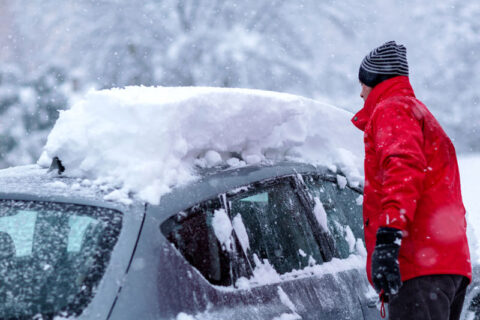The Difference Between Laminated and Tempered Auto Glass

The not-so vehicle savvy individual may be surprised to learn that there are different types of auto glass for one’s vehicle – honestly, no lie, there are multiple types of auto glass currently in existence. Laminated glass and tempered glass are two of the most important and crucial types of glass for one’s automobile. But now you may be wondering, what is the difference between these two life-saving types of glass? Well, let’s dive right in and figure it out.
Laminated Glass
Laminated glass is designed with two plate glass sheets, which are stacked on top of each other, with an inner layer made of a plastic called polyvinyl butyral, or PVB. When broken, laminated glass stays in one piece, so it is one the safest types of glass and perfect for your windshield because it prevents shards of glass hitting the driver and passengers in an accident. This is why you may see the spider web effect in broken windshields on other vehicles. This is due to the glass breaking actually shattering all over.
Tempered Glass
Tempered glass is actually used elsewhere on the car, including the back windshield and side window glass. Tempered glass is created by heating and cooling a sheet of glass in a tempering furnace. This process is referred to as “air quenching”, which fortifies the glass and makes it four to five times stronger than a standard sheet of glass. Tempered glass doesn’t have to be quite as durable as laminated glass because the windshield is key for the structural integrity of the car and safety of the driver. However, tempered glass will still break into small shards that are not as painful as typical broken glass. No casualties have ever come from shards of tempered glass.


